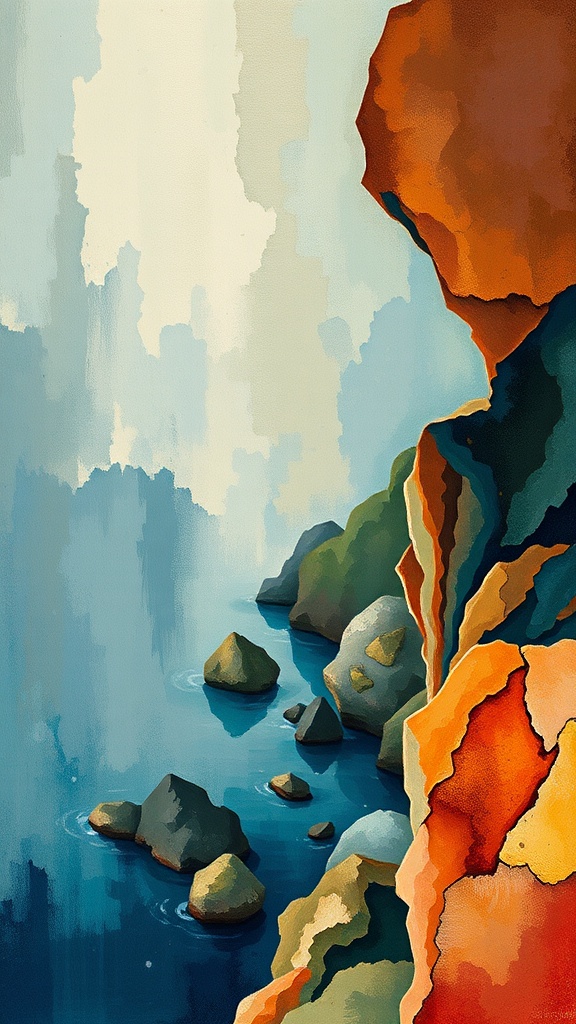Marin County blends dramatic coastal scenery, ancient redwoods, and a vibrant local culture into a compact and endlessly walkable region.
Whether you’re chasing panoramic summits, tide pools or farm-to-table meals, Marin delivers with an emphasis on conservation and outdoor living.
Why people flock to Marin
Marin’s biggest draw is its open space. Mount Tamalpais offers sweeping views of the Pacific and the Bay, with interconnected trails for hikers, trail runners and mountain bikers. Along the coast, Point Reyes National Seashore stretches across sheltered estuaries, windswept beaches and ridgelines that are rich in wildlife — think elk herds, shorebirds and migrating marine life. For a quieter forest experience, the redwood groves at Muir Woods provide a rare chance to walk among towering old-growth trees.
Smart ways to explore
– Cross the Golden Gate Bridge by bike from San Francisco and coast into Sausalito for waterfront dining and ferry connections back to the city. Bikes are permitted on the ferry, making for an easy loop.
– Use ferries from Larkspur or Sausalito to avoid the most challenging parking, or plan an early arrival for popular trailheads. Several parks operate shuttle services that reduce vehicle congestion and help preserve fragile habitats.
– Choose trails by microclimate: coastal paths are breezy and foggy, while inland ridges can be sunny and exposed. Layering is essential.

Parks and trails to prioritize
– Mount Tamalpais: offers iconic vistas and trail networks suitable for all abilities.
Popular routes connect to panoramic overlooks and ridge lines.
– Muir Woods: famous for its redwoods; many visitors appreciate timed-entry reservations and off-peak visits to enjoy the grove in quieter moments.
– Point Reyes: a mix of backcountry hikes, historic ranches, estuaries and beaches. Tomales Point is known for wildlife viewing and coastal panoramas.
– Marin Headlands: close to the Golden Gate Bridge, this area offers dramatic cliffs, beaches and historic military sites with expansive Bay views.
Practical tips for a respectful visit
– Practice Leave No Trace: pack out trash, stay on designated trails and respect wildlife distances.
Many species are sensitive to disturbance, particularly during breeding and migration seasons.
– Be tick-aware: ticks can inhabit grassy and brushy areas.
Long pants, tick checks and repellent help reduce risk.
– Check access and parking policies before you go. Some preserves require advance reservations or have limited parking to protect sensitive resources.
– Water and sun protection are essential—microclimates mean conditions change quickly.
Local flavors and community
Marin’s food scene emphasizes local sourcing: farmers markets, artisan dairies and coastal seafood play a strong role.
Town centers like Mill Valley, San Rafael and Sausalito offer cafes, galleries and boutiques that feel rooted in the community. Small-scale agriculture and craft producers help sustain the county’s regenerative food culture.
Sustainability and stewardship
Marin has a long tradition of land preservation and progressive environmental policies. Visitors and residents alike are encouraged to support conservation efforts by choosing low-impact transit, volunteering at park restoration days and supporting local organizations focused on habitat protection.
Whether you’re aiming for a sunrise summit, a lazy day at the beach, or a sampling tour of local cheeses and markets, Marin County is designed for outdoor connection. Plan ahead, travel responsibly and you’ll find an accessible blend of rugged coastline, ancient forest and vibrant community culture.